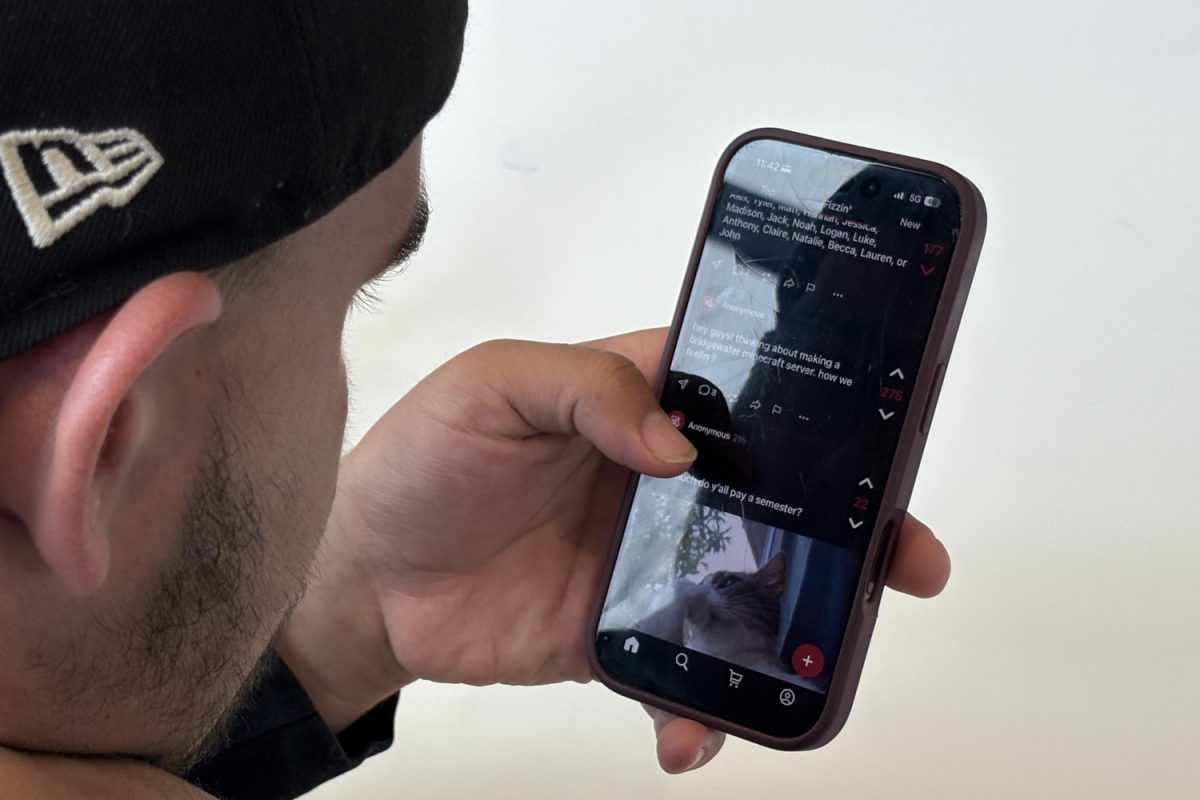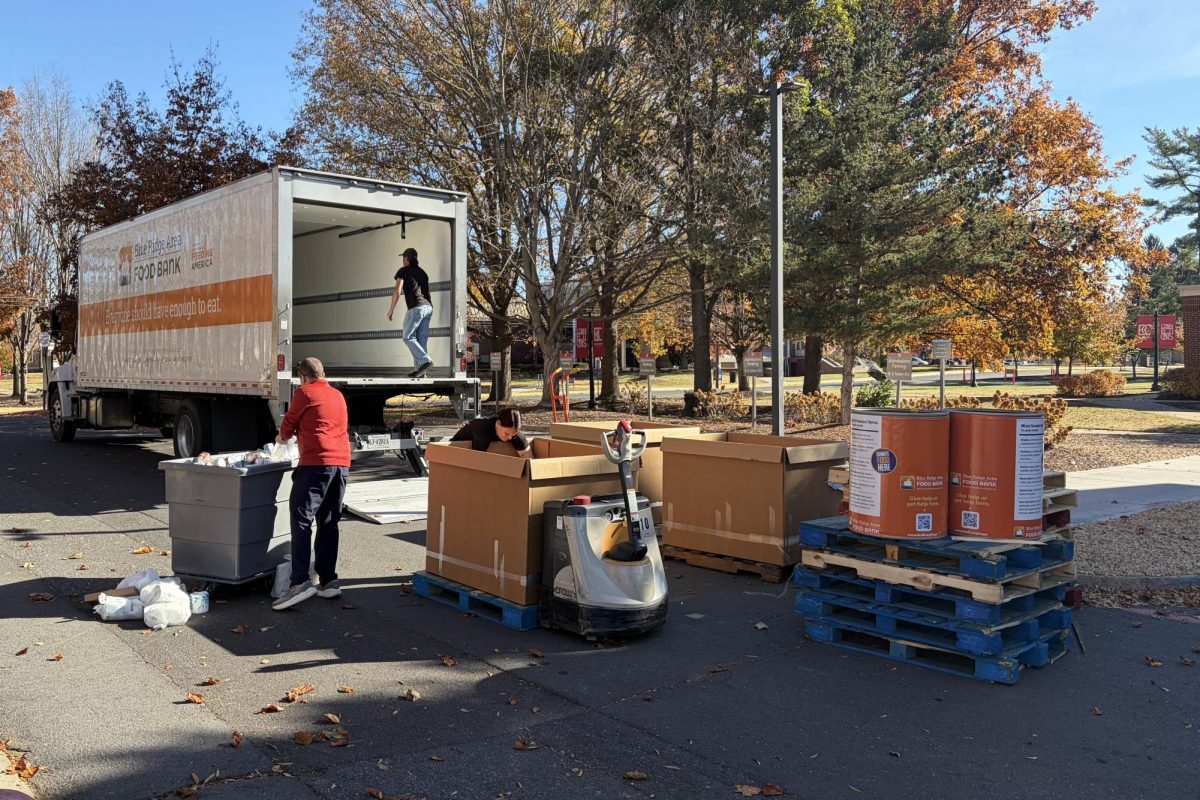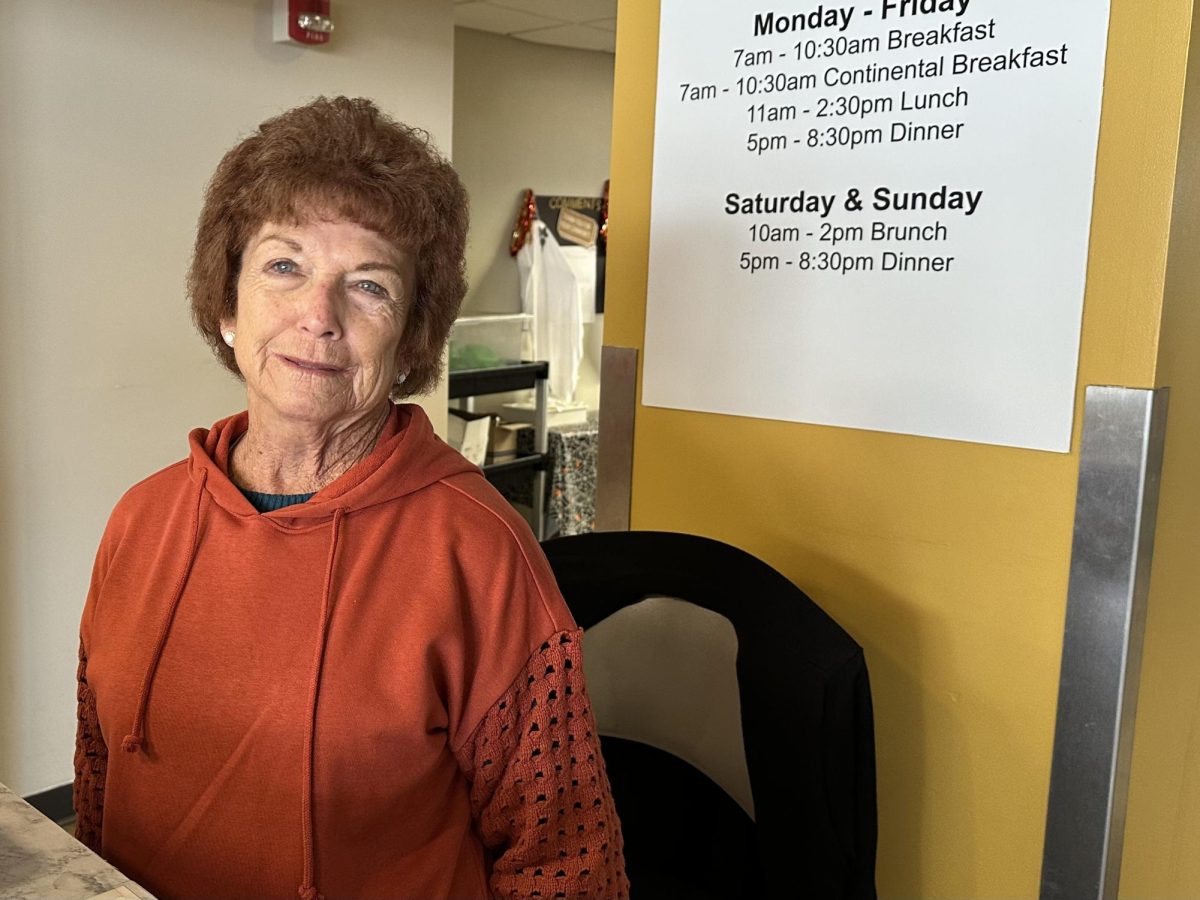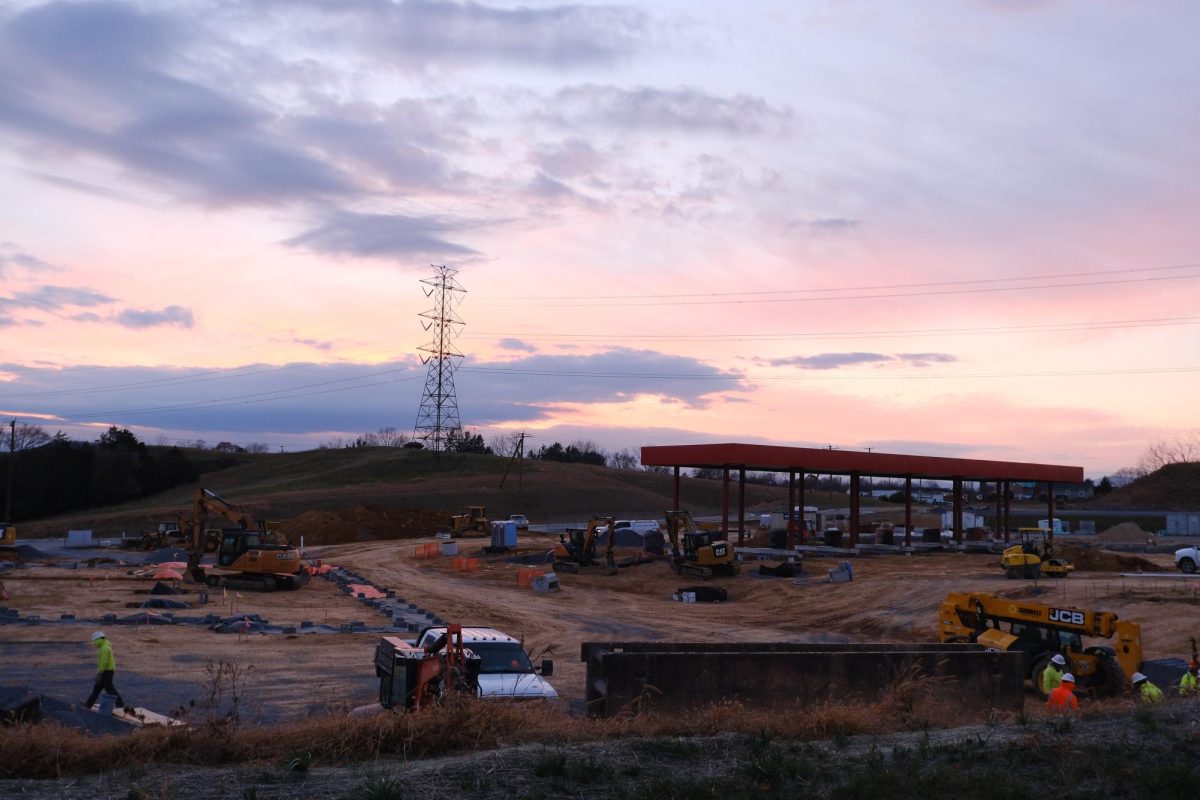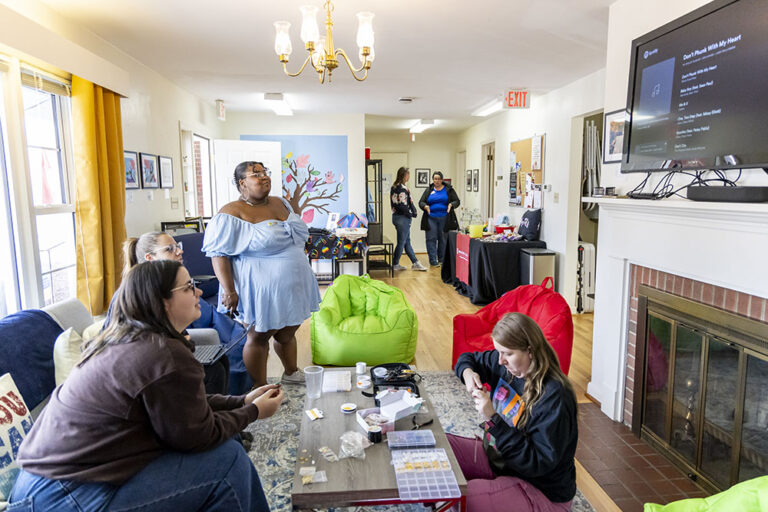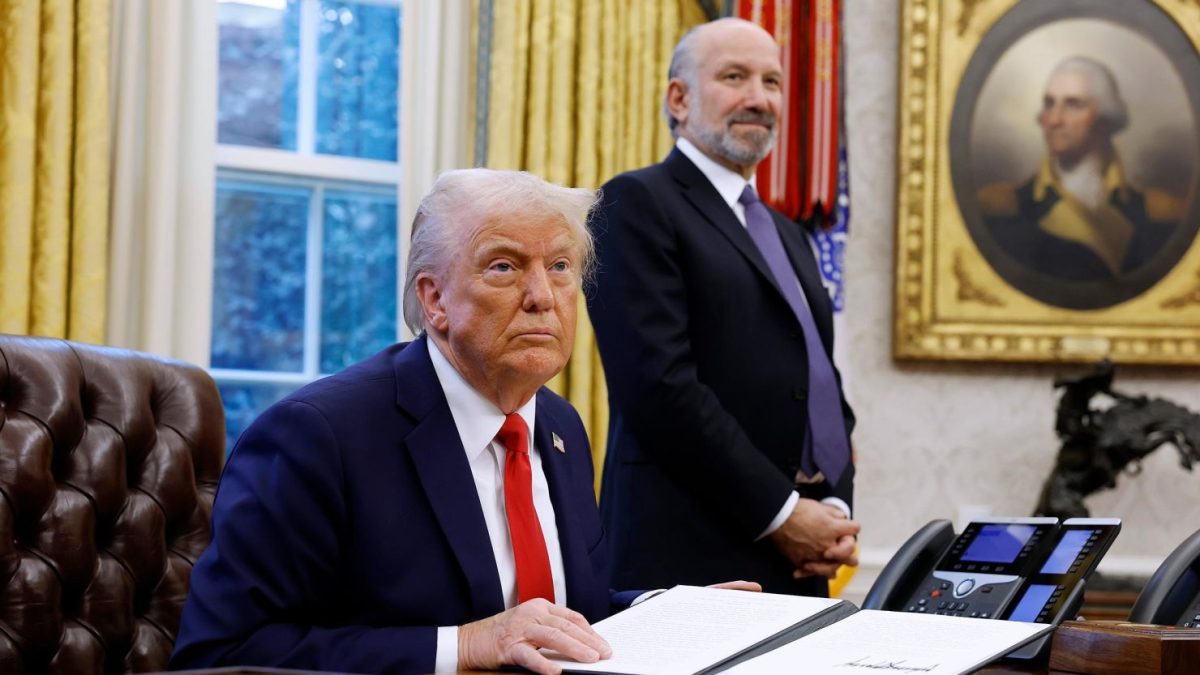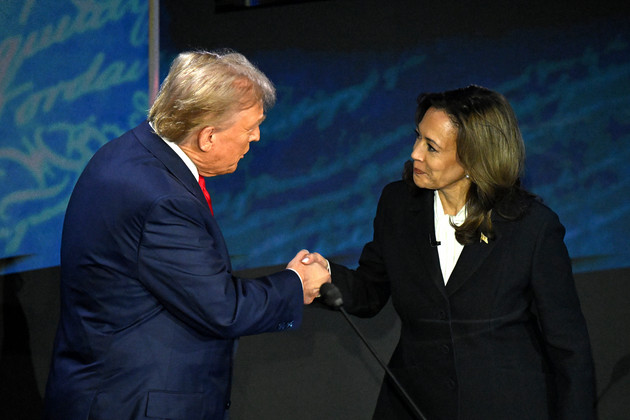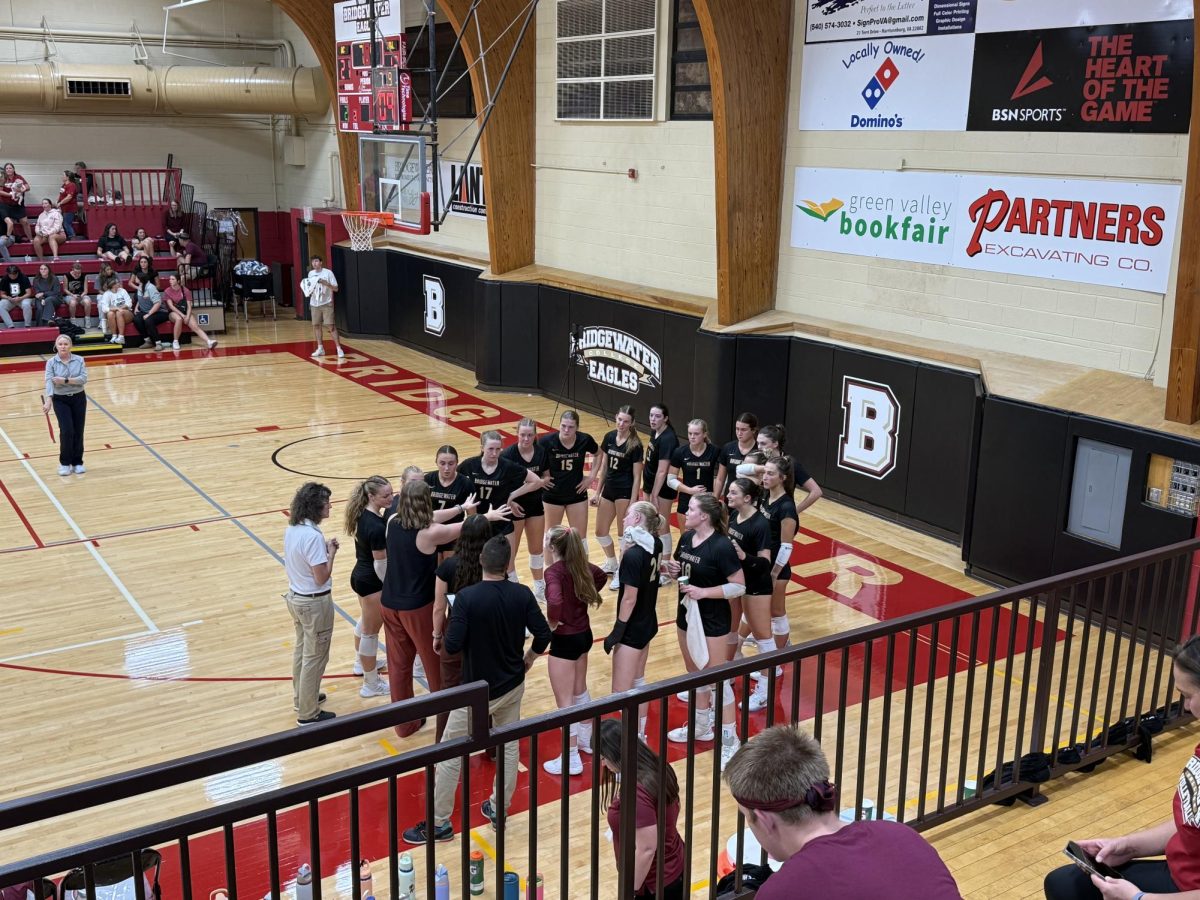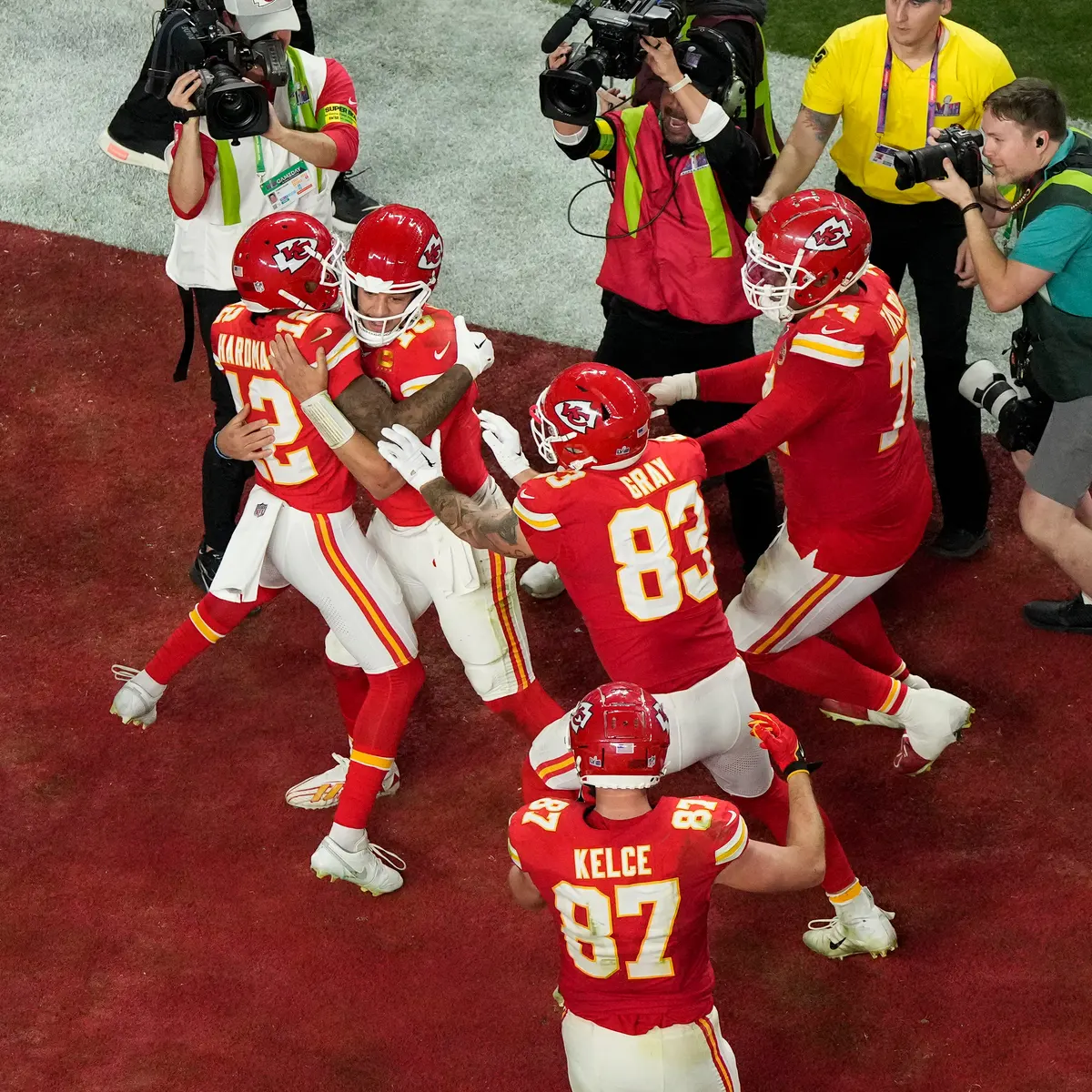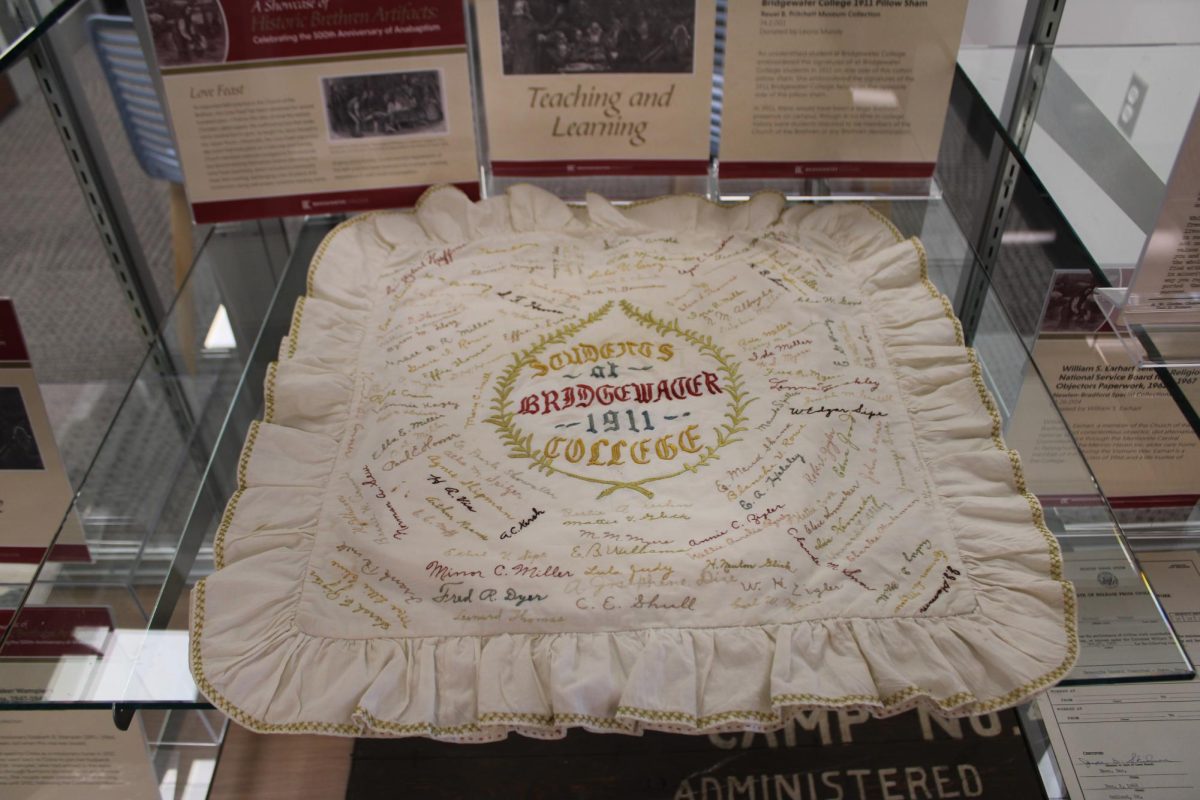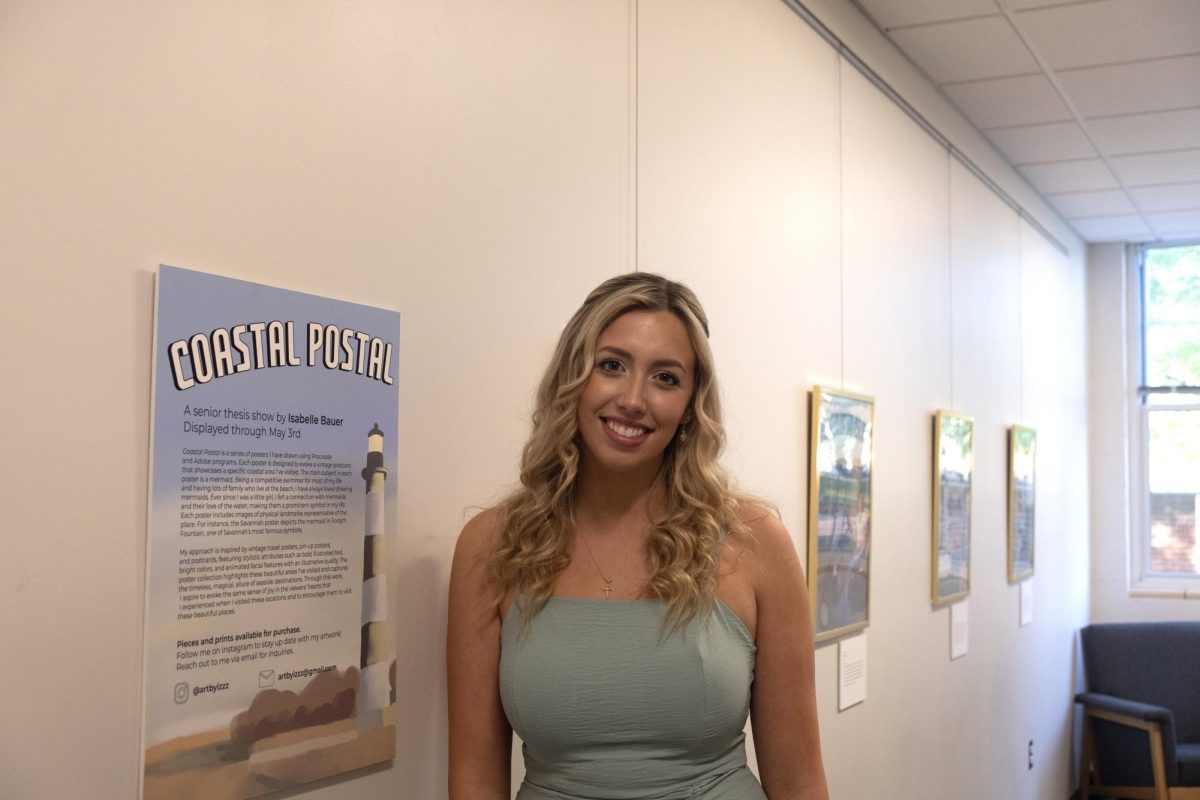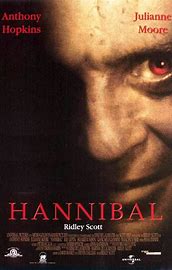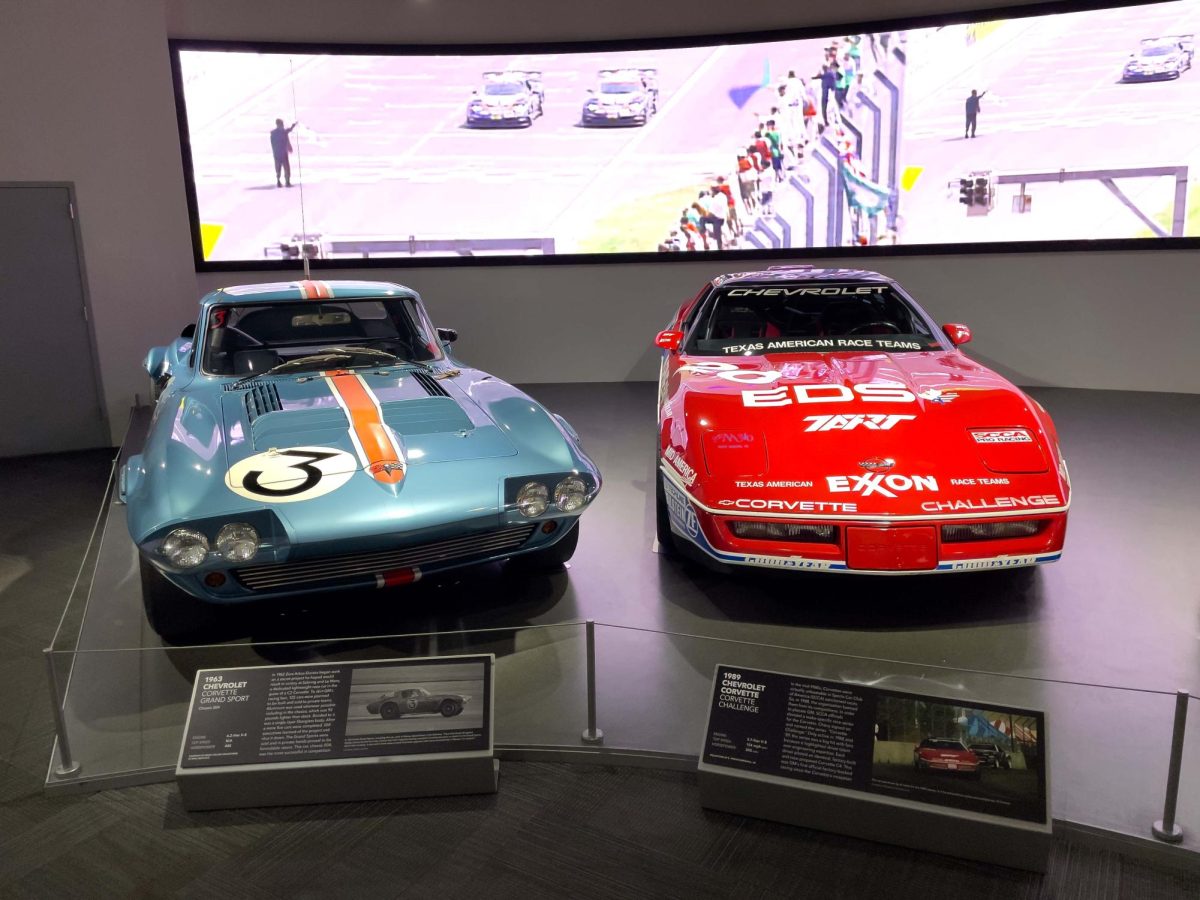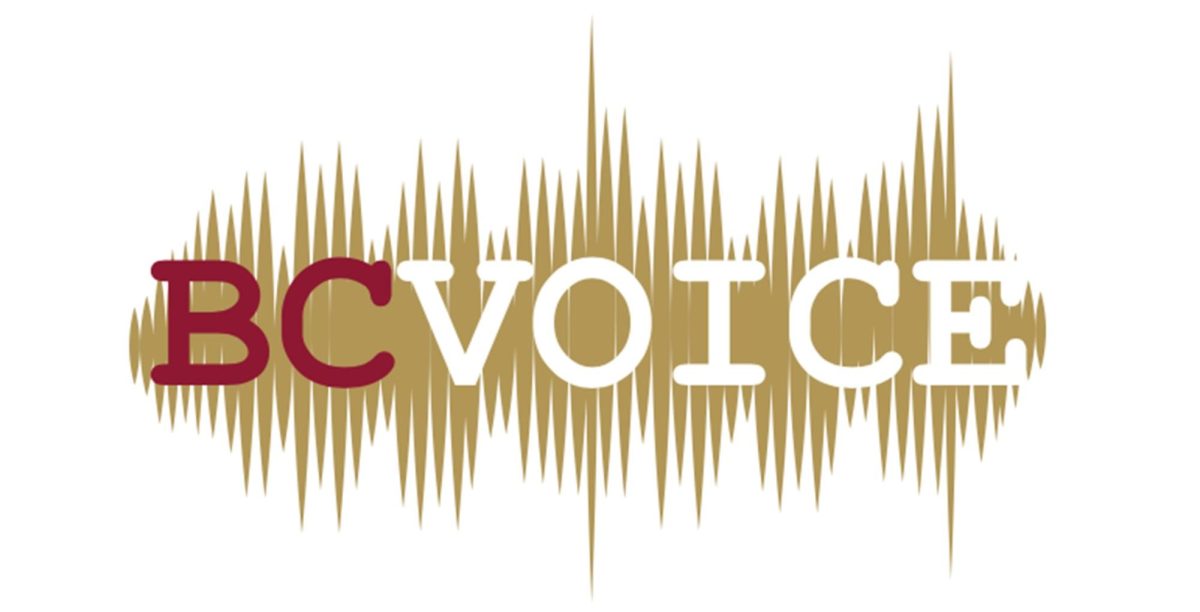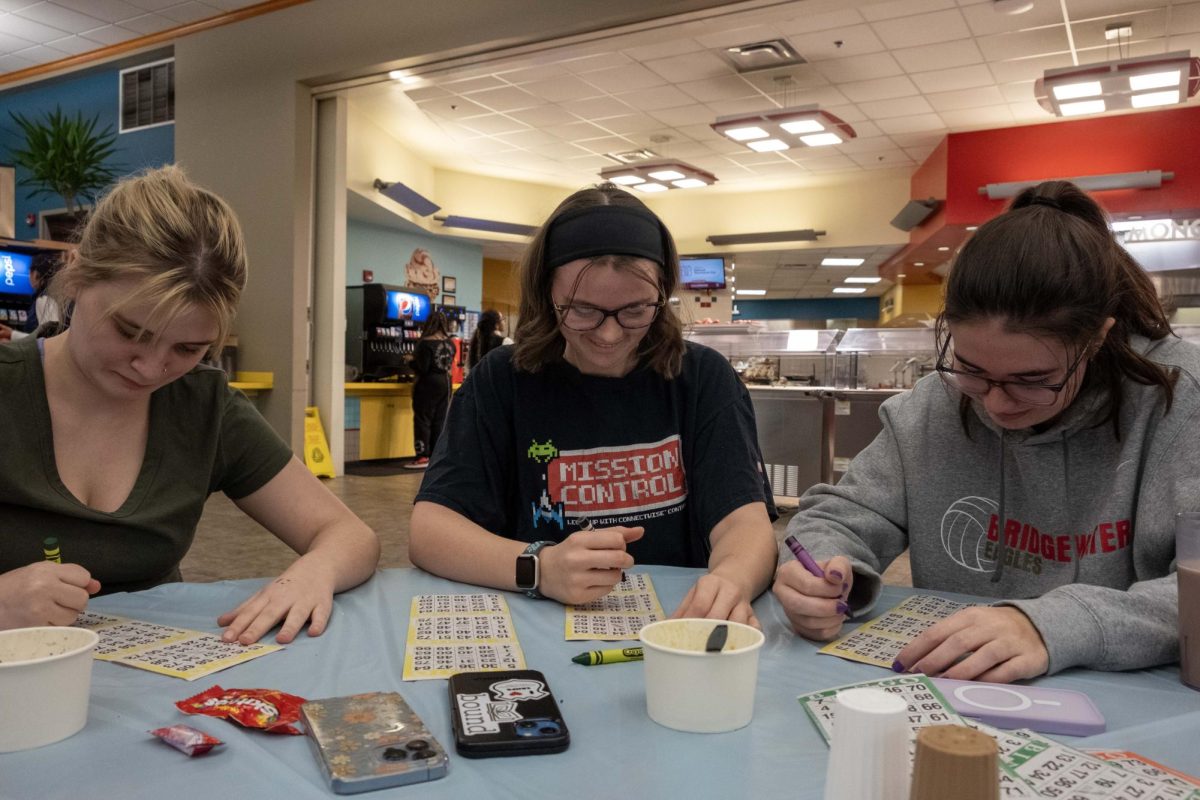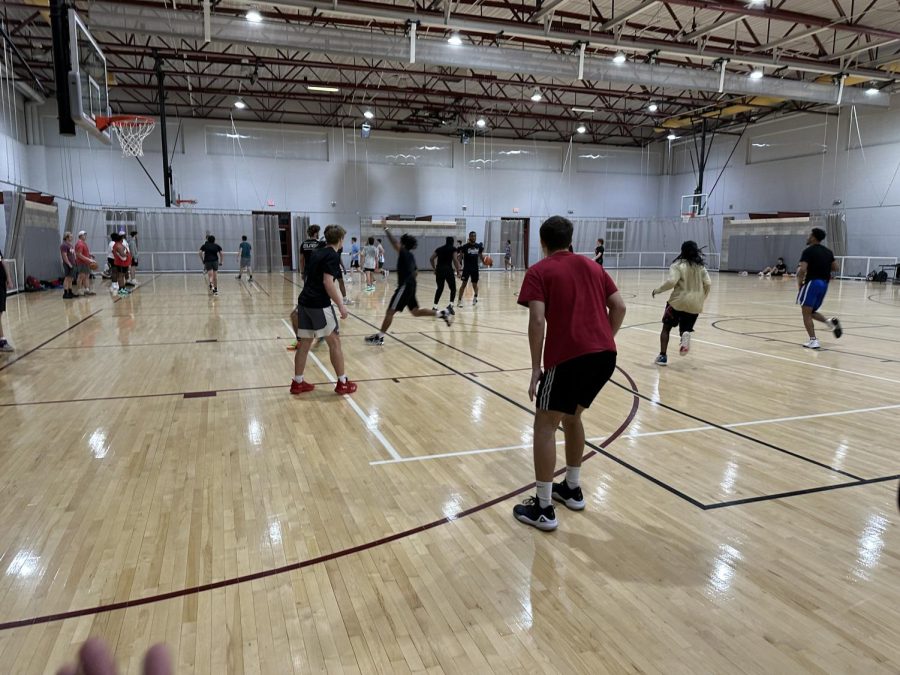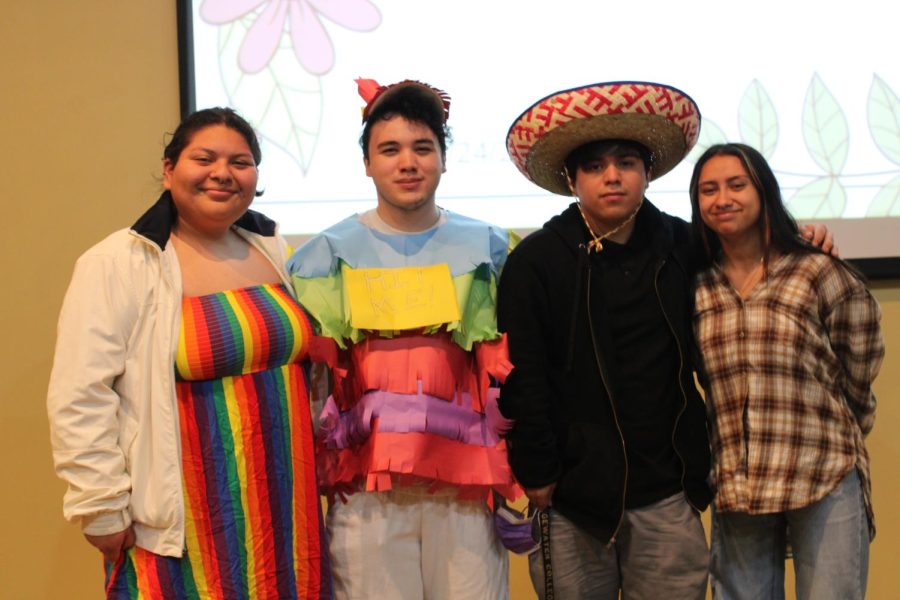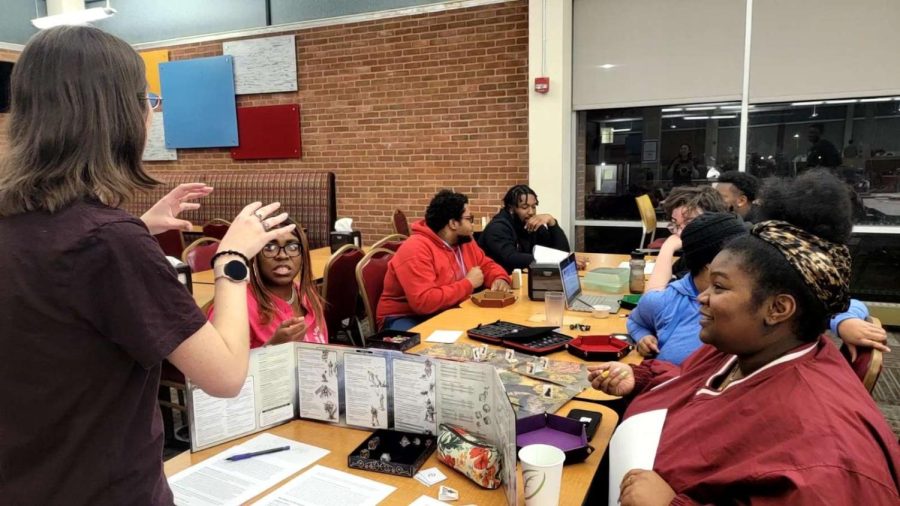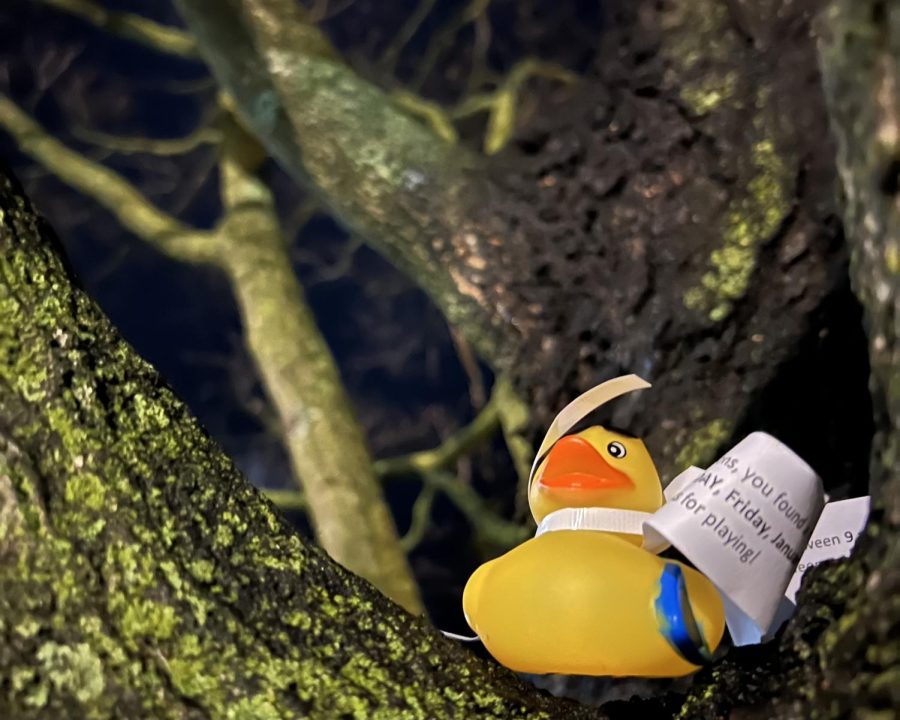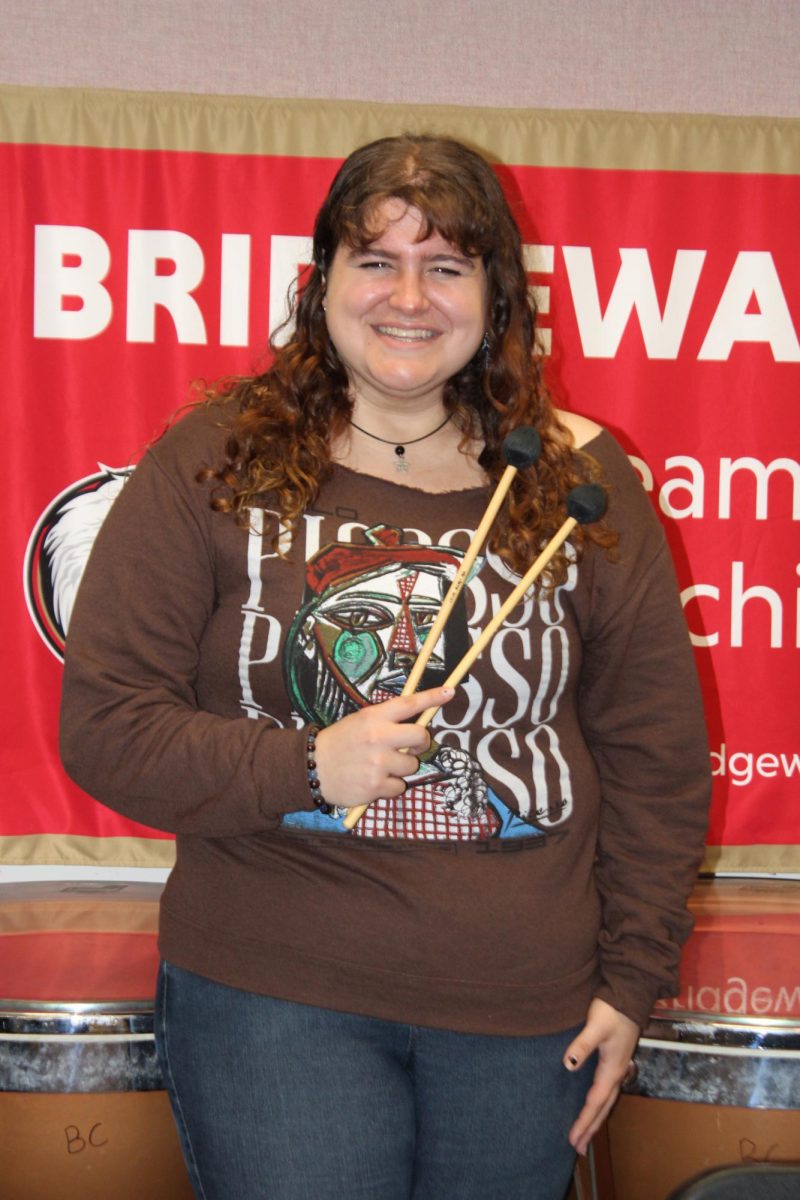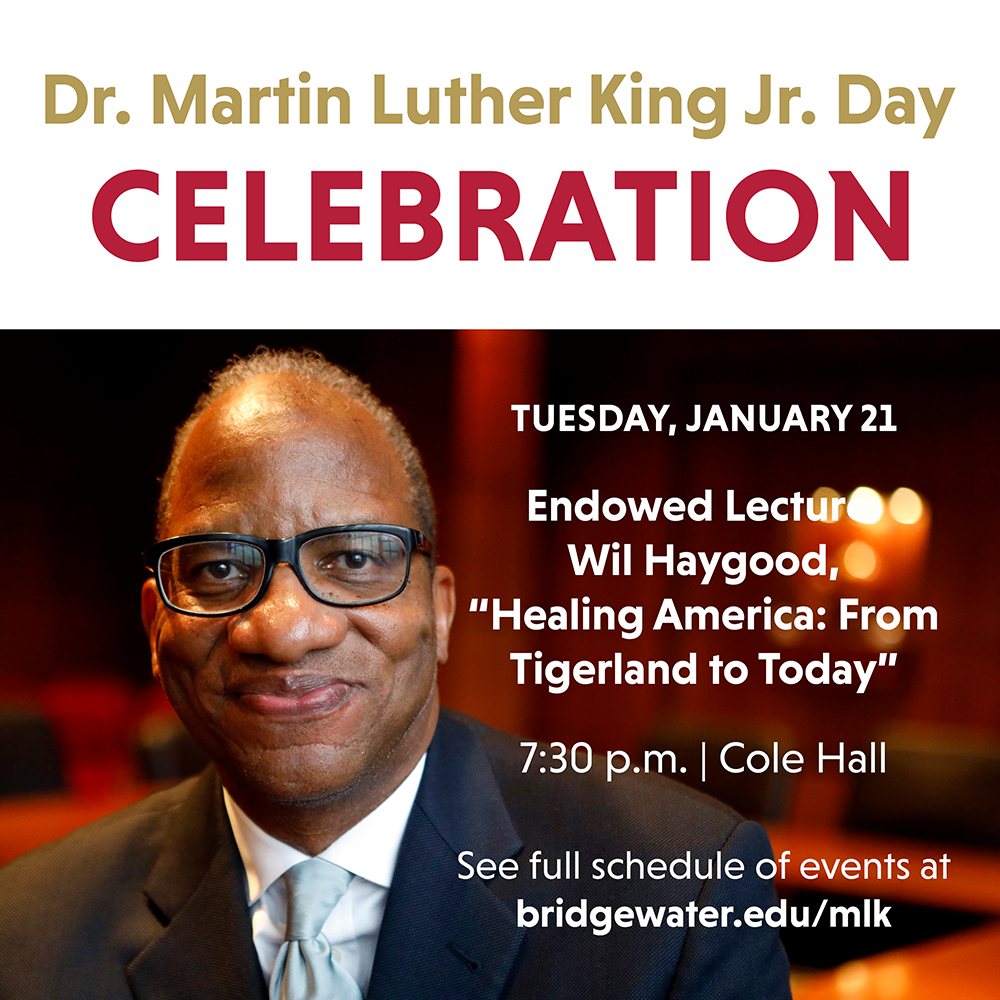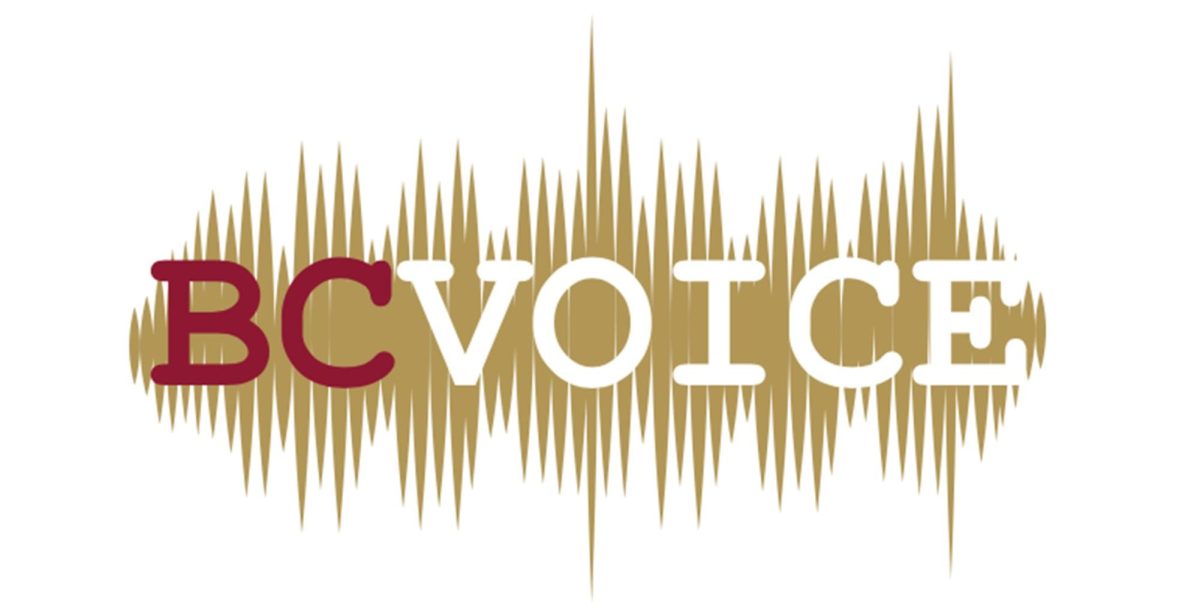BC Symphonic Band Holds Annual Fall Concert
Musicians perform Seven Well-Renowned Pieces
November 12, 2019
Bridgewater, VA- On Sunday, Nov. 10, the Bridgewater College Department of music presented the 2019 Symphonic Band Fall Concert. The concert was at 3:00 p.m. in Cole Hall and was attended by students, families, and community members.
The BC Symphonic Band is comprised of the flute, oboe, clarinet, bass clarinet, bassoon, alto sax, tenor sax, bari sax, trumpet, horn, trombone, euphonium, tuba, and percussion sections, as well as a piano player and string bass player.
The performance consisted of seven separate pieces, five of which were under the direction of Dr. Christine Carrillo. The other two pieces were under the direction of student conductors and Bridgewater seniors Mallory Dove and Bethany Newman. Carrillo conducted O Magnum Mysterium, Earthdance,Vesuvius, The Beethoven Machine, and Danzón No. 2. Dove and Newman conducted Children’s March and Dawn of a New Day, respectively.
Carrillo stated in her introductory speech that allowing students to conduct some of the pieces is a good tool to prepare them for student teaching, which Dove and Newman both plan to complete.
Children’s March, originally composed by Percy Aldridge Grainger, is an upbeat and playful piece of music and was originally written for a wind band. In the initial melody, the low reed section is prevalent as the bari saxophone, bassoon, and bass clarinet can be heard. The higher reed and percussion sections join in later, as well as the rest of the band., The low reed instruments finish it out, replaying the same melody. The piece also includes a xylophone solo.
O Magnum Mysterium is a shift in tone from Children’s March, as it is more profound and deeper. Originally composed by Morten Lauridsen, a 2007 National Medal of Arts winner, O Magnum Mysterium is intended to depict the birth of Jesus in a manger surrounded by the animals. Today, it is still one of the world’s most performed and recorded compositions. The piece features a strong trumpet section, complemented by the other brass instruments.
The band uses creative methods to simulate noises of weather and nature in Earthdance, which was originally composed by Michael Sweeney. The piece celebrates the majesty of nature and its relationship with mankind. In several instances, the players put down their instruments and make sounds with their hands such as snapping and patting their laps to create the sounds of rainfall. The percussion section paces the piece with rhythms that are earthy and intense at some points. Overall the piece gives off a natural and organic sound
Dawn of a New Day was originally composed by James Swearingen and is intended to depict his typical day. The music starts off fast and bustling, and returns to this pace throughout the piece The fast paced periods are broken up by tretches of more slow and contemplative music.
After Dawn of a New Day comes Vesuvius, which holds a foreboding and intense tone throughout to represent the final days of Pompeii before the eruption of Mount Vesuvius. The original composer, Frank Ticheli, had “in mind a wild and passionate dance such as might have been performed at an ancient Roman bacchanalia,”according to the program for the event.
Carrillo then introduced the audience to the 1950’s BC tradition of the BC beanies. During that time the tradition was for first year students to wear a red and gold beanie everywhere they went until homecoming. Carrillo offered students in the audience to come up after the show to receive their own BC beanies if they show their ID card. The players of the band then pulled out and donned their own red beanies to wear while playing the next piece.
The Beethoven Machine was originally composed by Michael Colgrass, an American-born Canadian composer. Colgrass won the Pulitzer Prize for Music in 1978. In this piece the woodwinds contrast with the brass to mix childlike, playful tones with more mature tones. The percussion and certain woodwinds combine to create the sound of the “Beethoven Machine,” depicting a machine that cranks out Beethoven’s music.
For the final piece the band played Danzón No. 2. This piece was originally composed by Arturo Márques, who received the Medalla de Oro de Bellas Artes in 2006. The piece is different from the other pieces because it has a dance-like feel and rhythm. It includes traditionally Latin American instruments such as claves, bongos, and congas. The brass sections also help to give the piece a jazzy feel at moments.
The Symphonic band will play again in the Holiday Extravaganza, December 6th at 7:30 p.m. and December 7th at 3 p.m., in the Carter Center.

